CHINESISCH
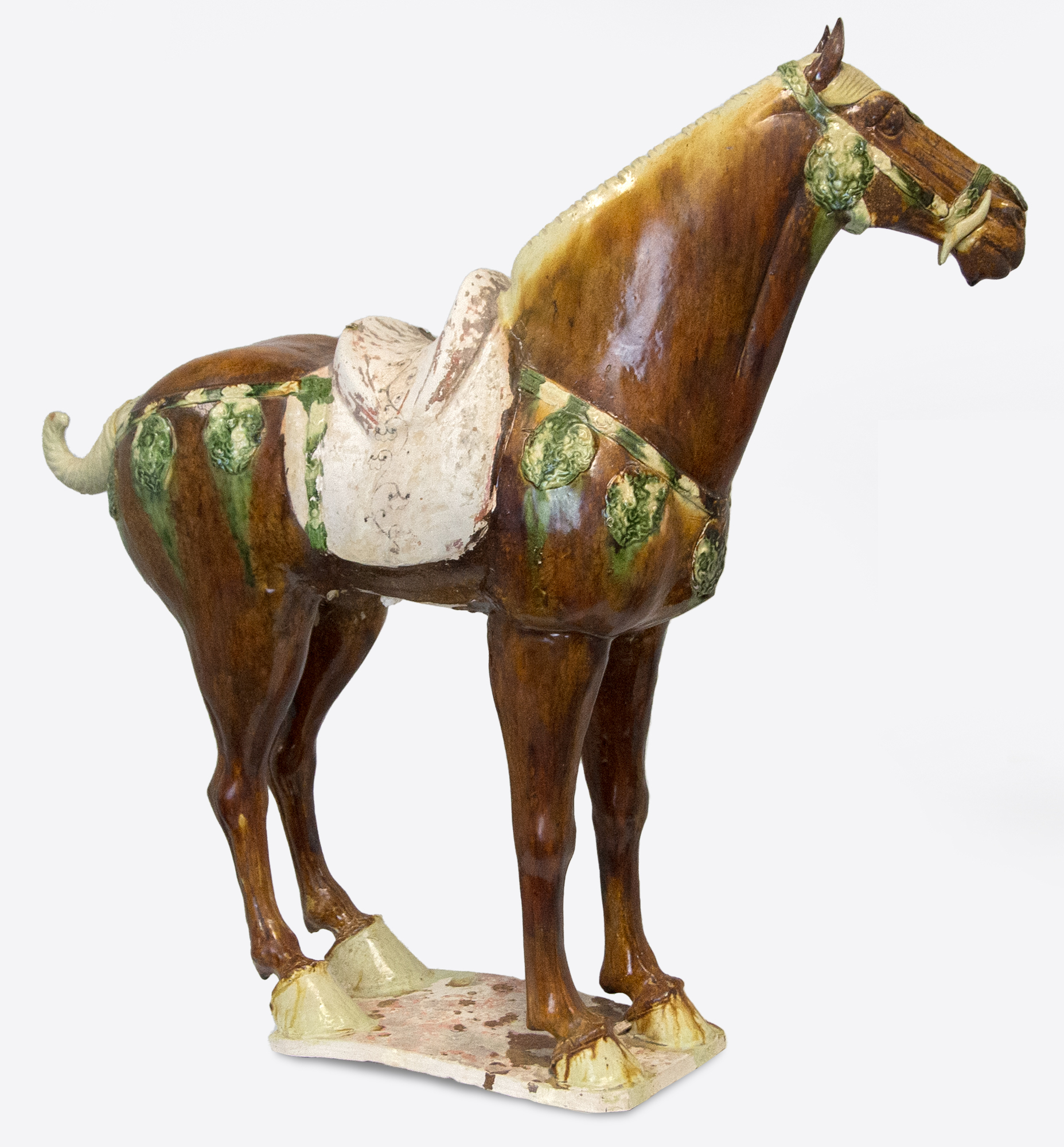

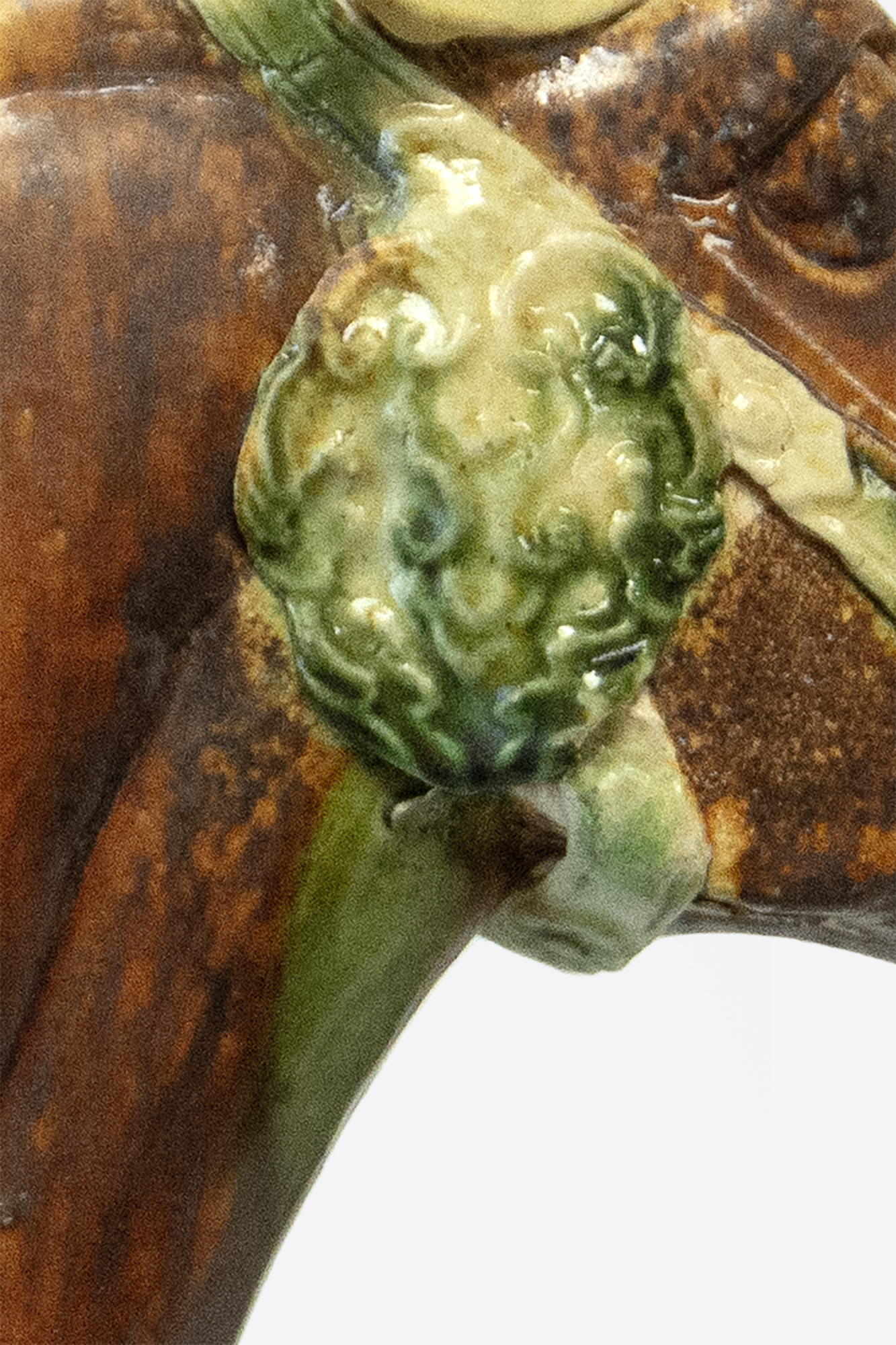
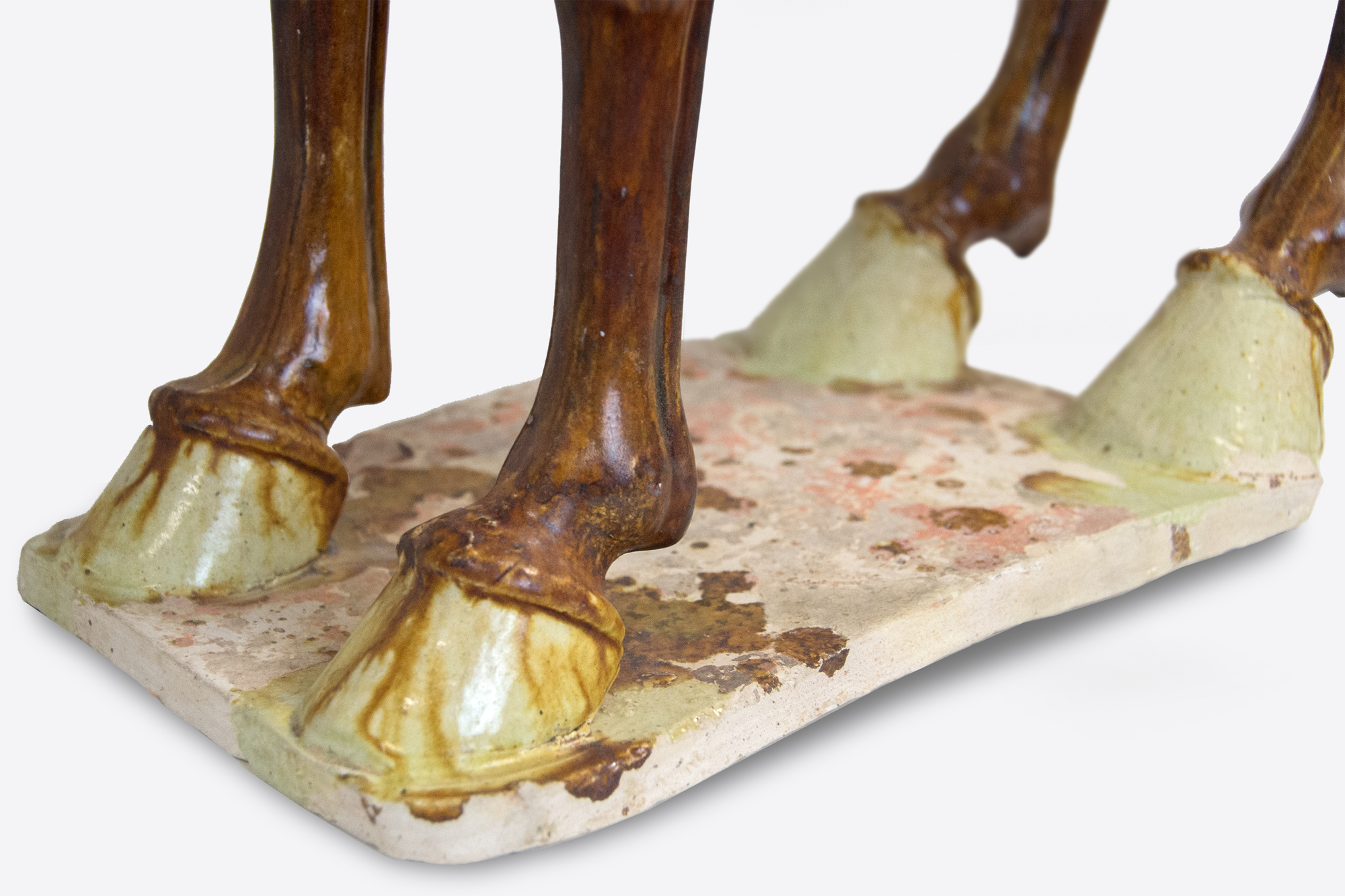
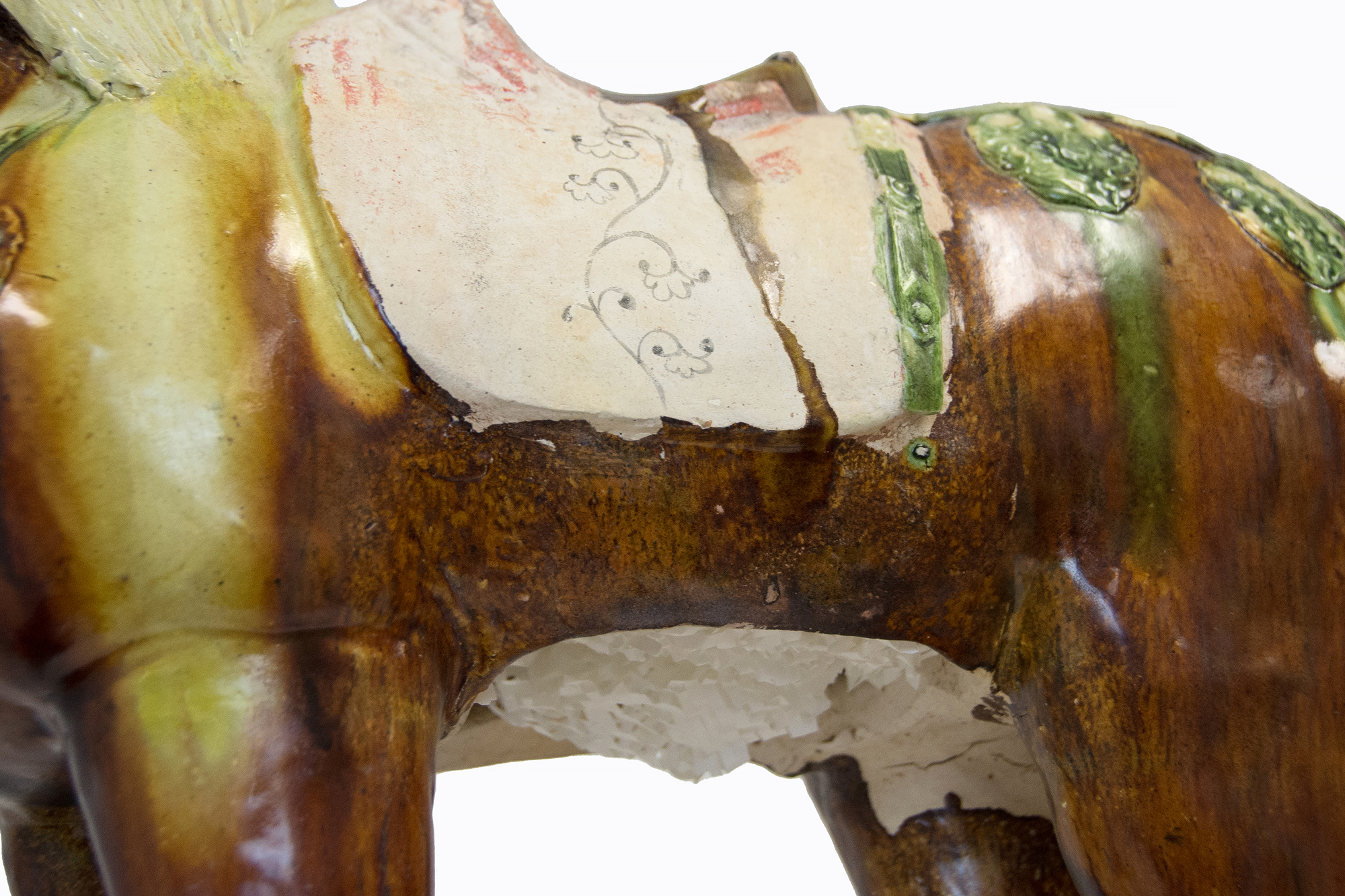
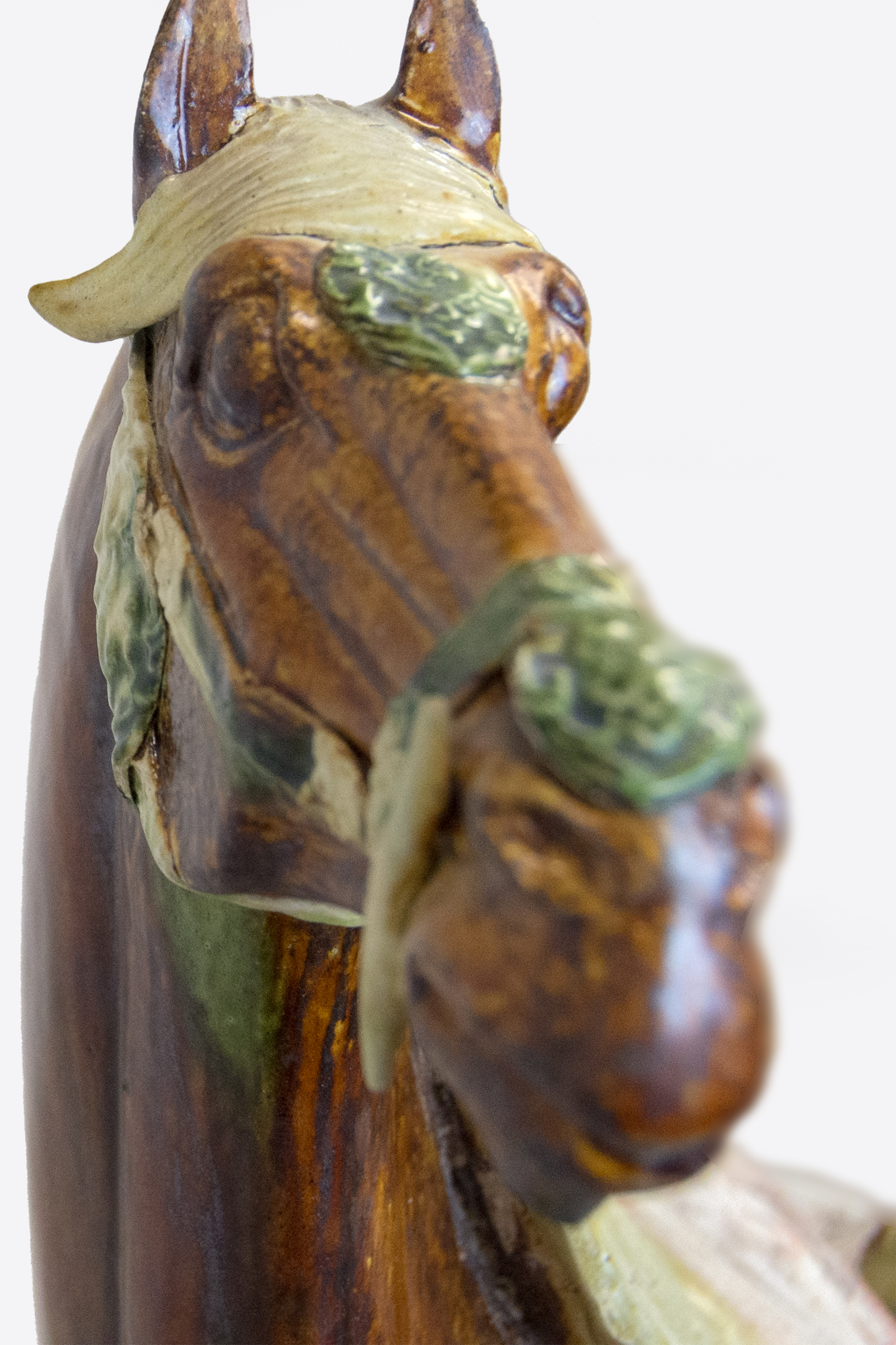

Provenienz
Privatsammlung, WashingtonDieses glasierte Sancai-Pferd wäre ein unglaubliches Statussymbol für seinen Besitzer gewesen, und viele sind im Laufe der Zeit verloren gegangen. Diese Skulptur ist mit Exemplaren vergleichbar, die sich in Museumssammlungen auf der ganzen Welt befinden, darunter auch im Metropolitan Museum of Art in New York.


